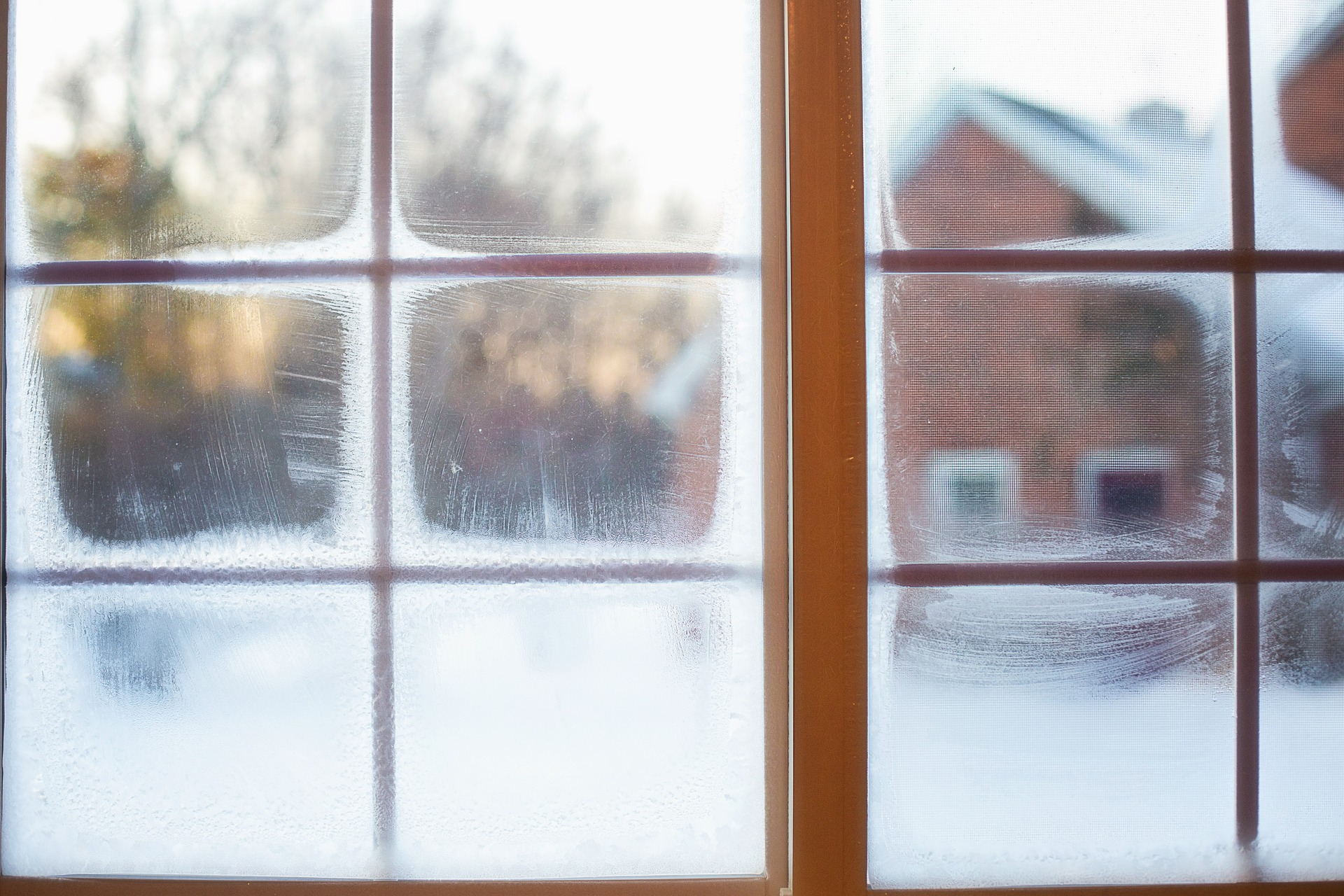Vinyl siding and cedar siding—while both of them will protect your home, they couldn't be more different. Vinyl siding and cedar siding have vastly different advantages and disadvantages in the DMV area, depending on your desired look and needs. Exterior medics, your go-to Maryland siding contractor, can discuss the differences with you as well as produce honest quotes for each.
The Core Differences Between Vinyl and Cedar Siding
Vinyl siding is a light, artificial material that's easy to clean and easy to maintain. Years ago, vinyl siding had a reputation for being a "cheap" replacement for traditional wood siding. It easily fell apart and degraded. Today, vinyl siding is far more durable and attractive, with significant improvements to the material. However, it's still not as expensive as cedar siding.
Cedar siding is made out of a naturally resilient, water-resistant, and pest-resistant wood. It's generally considered to be more valuable than vinyl siding, though the differences in their appearance have become largely negligible. Cedar siding is more expensive than vinyl siding and can improve a home's value more, but it's also more difficult to maintain.
Cost: Installation Cost and the Cost of Maintenance
Vinyl is cheaper than cedar siding in multiple ways. First, it's far cheaper to purchase and install. It's a cheap, easy-to-work-with material. Vinyl comes in different colors and styles, so it doesn't have to be prepared and painted after being installed. In order to maintain it, it simply has to be hosed down: moreover, maintenance and repair costs are also very low.
Comparatively, cedar costs more to purchase. While there are high-end vinyl sidings, most cedar is going to be more expensive than even the most expensive of vinyl. Cedar will eventually need to be repainted or resurfaced to keep it looking like new, and it is more time-consuming to keep clean. Thus, it costs more both to install and to maintain.
Appearance: Classic Cedar vs. High-End Vinyl Siding
Classic woodgrain cedar is often considered to be more attractive and more desirable than vinyl siding. However, today vinyl siding comes in styles that mimic traditional wood siding in addition to different colors and textures. High-end, unique options is more expensive than traditional vinyl siding, but it can be a compromise if you're interested in the appearance of classic cedar with the durability and ease of vinyl.
Durability: Environment and Outdoor Conditions
Vinyl is often chosen because it's durable and long-lasting. When vinyl originally hit the market, it could easily warp and crack as weather and temperature changed. Modern vinyl is far more durable and weather-resistant, in addition to being naturally water-resistant.
Cedar is also a durable option, but it has some downsides: it can attract birds, which damage it, and it may need to be painted or stained more frequently in areas with harsh weather conditions.
Ultimately, vinyl siding is going to be a low-effort, low-cost option, but cedar siding can be more valuable long-term. Today, vinyl siding comes in a variety of styles and designs, and it can even mimic the appearance of cedar siding successfully—but it's still the less expensive of both materials.
If you don't want to continually maintain your home's siding, vinyl siding is an excellent solution. However, you may want to compare both vinyl siding and cedar siding in person before you make a final decision, as they do look different, feel, and age differently. For more information about renovating your home, contact Exterior Medics.











Comments